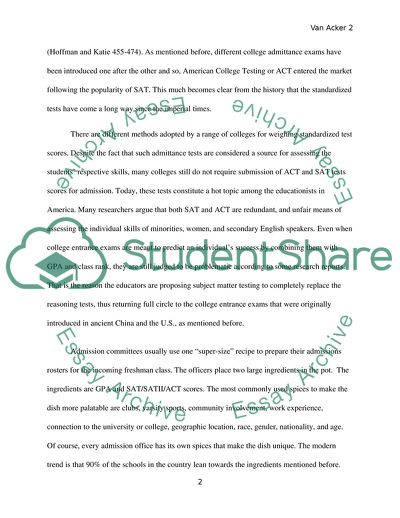Cite this document
(College Entrance Exams - Do They Predict Undergraduate Success Essay, n.d.)
College Entrance Exams - Do They Predict Undergraduate Success Essay. https://studentshare.org/education/1745250-standardized-tests-are-not-good-predictors-of-college-success
College Entrance Exams - Do They Predict Undergraduate Success Essay. https://studentshare.org/education/1745250-standardized-tests-are-not-good-predictors-of-college-success
(College Entrance Exams - Do They Predict Undergraduate Success Essay)
College Entrance Exams - Do They Predict Undergraduate Success Essay. https://studentshare.org/education/1745250-standardized-tests-are-not-good-predictors-of-college-success.
College Entrance Exams - Do They Predict Undergraduate Success Essay. https://studentshare.org/education/1745250-standardized-tests-are-not-good-predictors-of-college-success.
“College Entrance Exams - Do They Predict Undergraduate Success Essay”. https://studentshare.org/education/1745250-standardized-tests-are-not-good-predictors-of-college-success.


